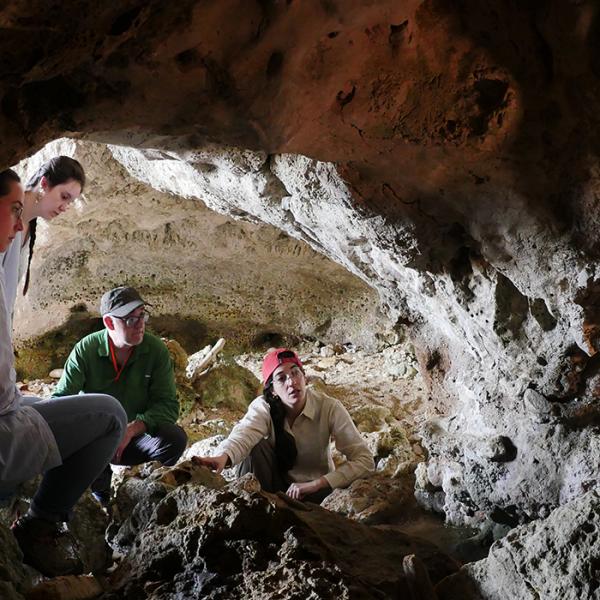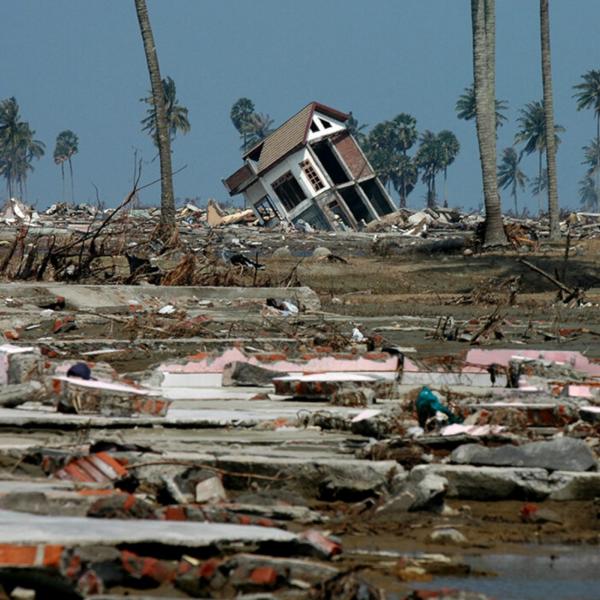Graduate Student Winners!
A Gendered Barley – Dolpo, Nepal
Barley as a sole local crop evokes several farming activity in scattered villages of Dolpo. After cultivating it beginning from the month of March till July, many farmers including women play a crucial role in harvests. Women during these times not only prepare breakfast, lunch and dinner a family, they also carry the barley harvest to store in a grain-house. As depicted in the photo, a group of women are carrying those uphill in their ‘yugsa’ (an open storing space) which later are beaten and properly filtered in that space signifying also the arrival of Winter season. In this village of Pingding (Upper Dolpo) with a background of Dhaulagiri Himalayan range, this gendered activity constitutive of Barley harvest lasts till mid-week of September. Besides meeting my relatives in that village in 2010, this particular route also links my paternal village, Bharbhong-Dolpo.

Tibetan Plateau
Photo was taken in June 2019, when we were doing archaeological survey in Tibet. It shows the river valley landscape on the Tibetan Plateau, which varies approximately between 3600m to 4000m above sea level. Modern management of the landscape involves agriculture of wheat, barley, and rapeseed and husbandry of sheep, goat, and yak on the mountains (not shown). This area is hydrologically affluent, such as glacial melting water and hot springs. Every summer afternoon, a fog rain will always fall as expected moistening the soil and plants. As long as properly modified and managed, a hostile environment like Tibetan Plateau can sustain a fairly colorful lifestyle.

Sesheke, western Zambia
This photo was taken in Sesheke, western Zambia, and a few weeks into a pilot project involving digging shovel test pits every day. Zach McKeeby (University of Virginia) is shown here getting a soil sample from the bottom of a four foot hole, but I think it pretty accurately conveys a feeling that every anthropologist has had at some point during fieldwork.
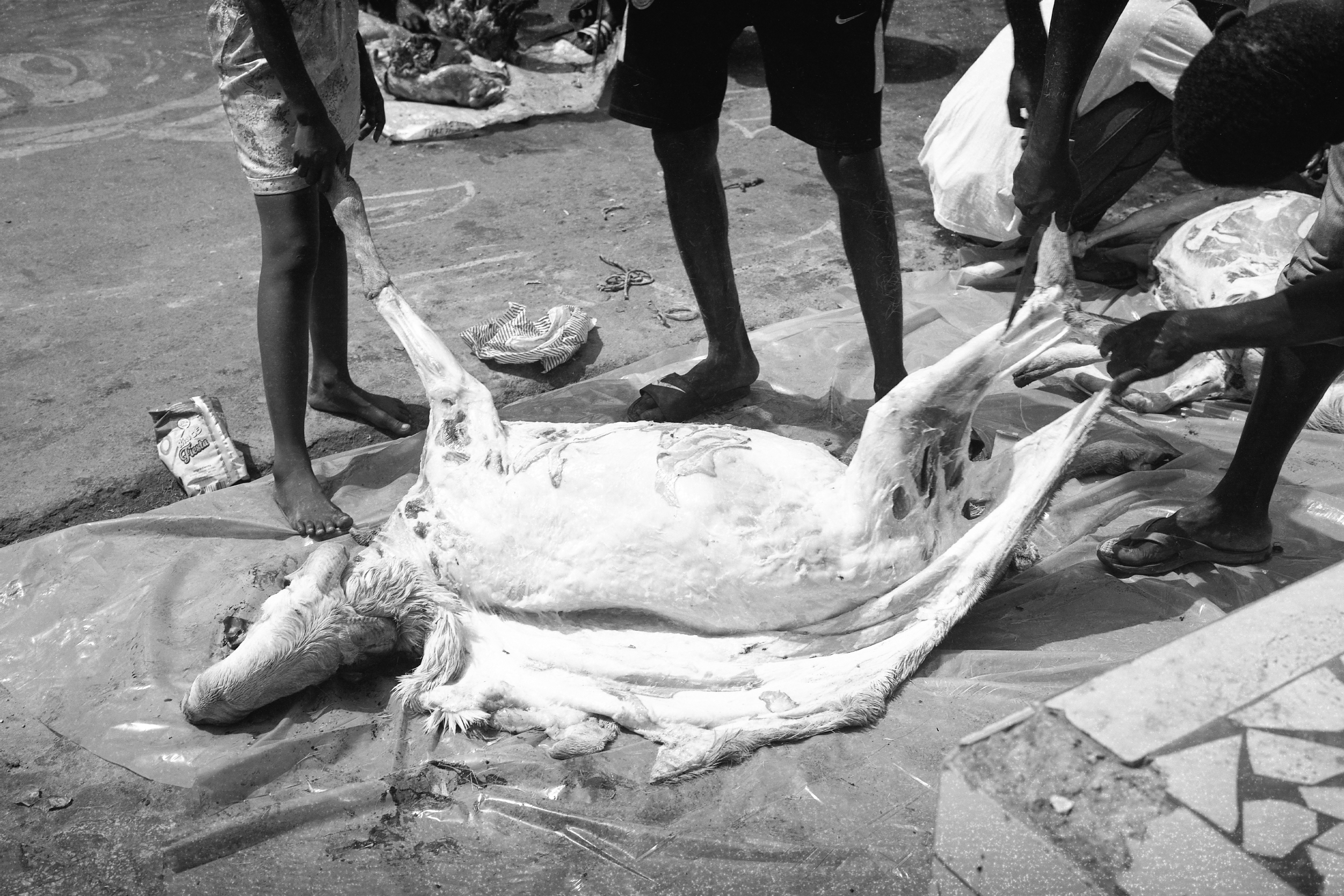
Médina, Dakar, Senegal
22 August 2018. Médina, Dakar, Senegal. A ram is meticulously skinned in the street on the morning of Tabaski. The weeks leading up to Tabaski (Eid al-Adha) are a stressful time for working class men in Dakar as they scramble to put together the funds for the sacrificial ram, the food and clothing for their families, and the accommodations for visiting expatriated relatives. The morning of Tabaski, on the other hand, is an exciting communal affair. On this block in the Medina neighborhood, men line up around the block with their rams, waiting to lead it to the imam who waits near a sewer drain. Young neighborhood boys take the ram, hold the legs, and wrestle it onto its side with the neck positioned over the ditch at which point the imam will say a prayer, and someone – a designated executioner, if not the ram’s owner – will slit its throat. From there, the rams move through stations: a place where they can lie and bleed out, a place where they are skinned (pictured here), a place where they are dismembered (limbs go in a bucket), and then dressed (viscera are laid out on the skin), and then broken down into parts that are passed around and shared. (Ilford Pan F+, medium format)

Artivism in the making - Celendín, Peru
This photograph was taken during my research in Celendín, Peru. A self-organized group of youths and artists paint resistance murals around town. The group chose a local waterfall to highlight the environmental landscapes they are trying to preserve by resisting mining projects in the region. This was one of two new murals I helped paint during my stay in Celendín in 2017.
Undergraduate Winners!
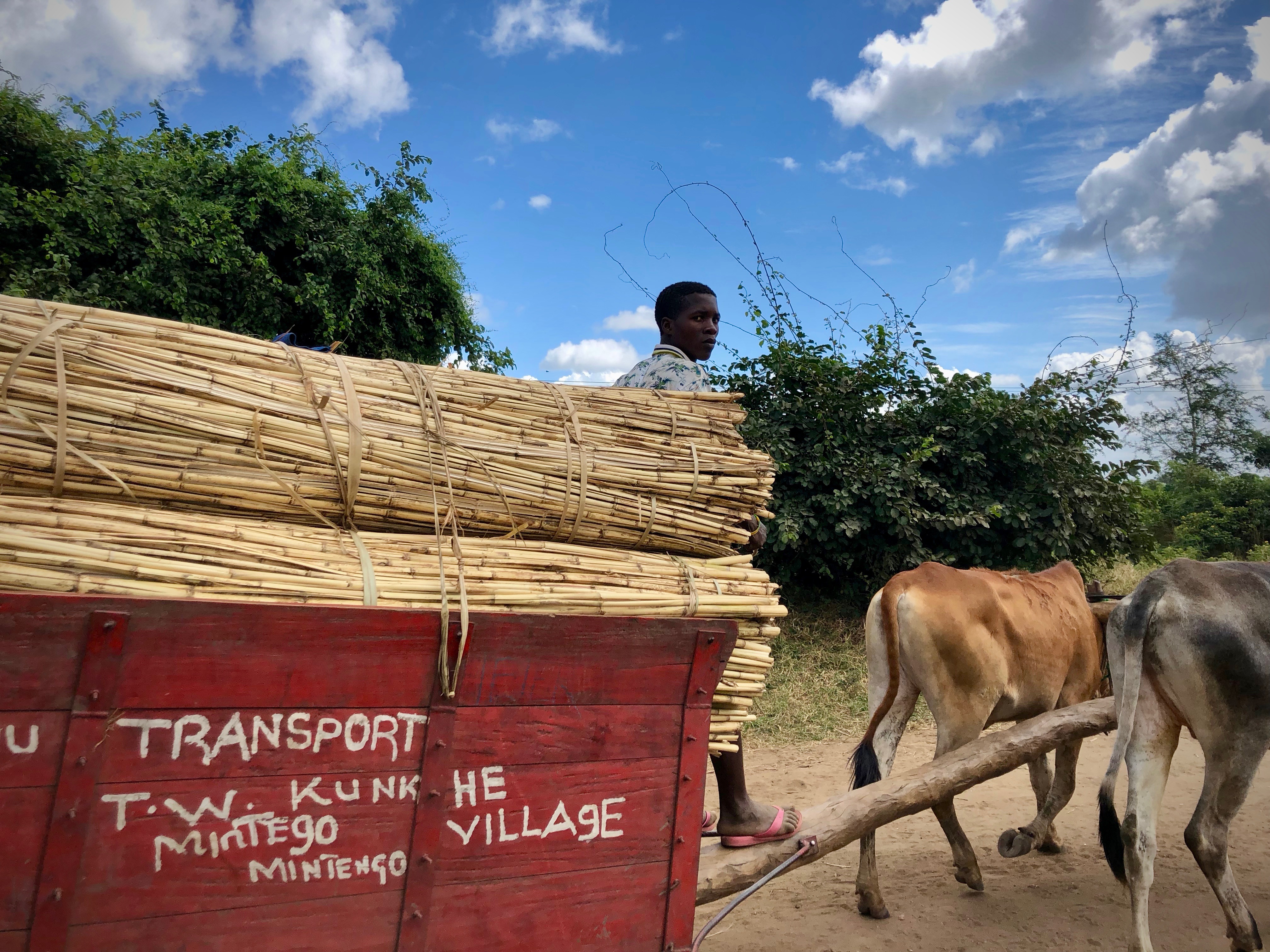
July 2019; Malawi
Our journeys to mobile health clinics involved daily road trips on the countryside’s dirt and muddy paths. We shared the road with herds of goats, throngs of mothers with babies strapped to their back, and carts stocked with rice, sugarcane, or tobacco harvest pulled by cattle. This particular cart caught my eye due to the vibrant red and white letters painted in English.
Prague, Czechia
Next to the Charles Bridge in Prague, Czechia, this joyous man creates grandiose yet delicate bubbles for passersby.
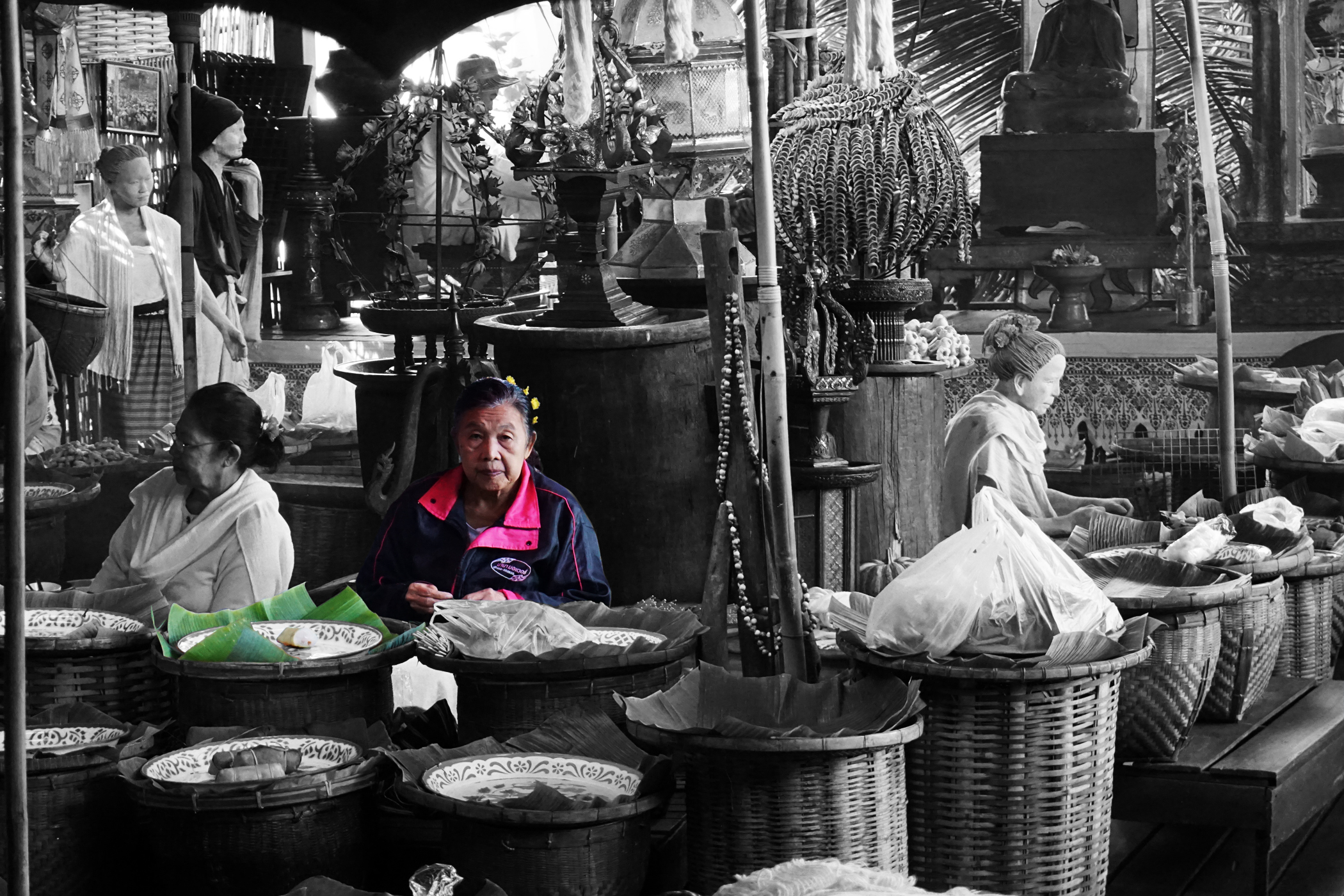
The Marketplace – Thailand
In a once-in-a-lifetime opportunity, I was invited to attend my cousin’s traditional Thai wedding. In the reception, the Thai showed off how much their loved their food, creating a vibrant “food court”/marketplace filled with morsels of all shapes and colors. Each stall was manned by a Thai restorationist, an employee working to keep Thai tradition through their practice of it.

Cederberg Wilderness Area, South Africa
I studied ecology and conservation abroad in South Africa in spring 2019. I took this photo of the stars and the side a mountain on a clear night while doing field research, studying seed dispersal of the endangered Clanwilliam Ceder trees.



